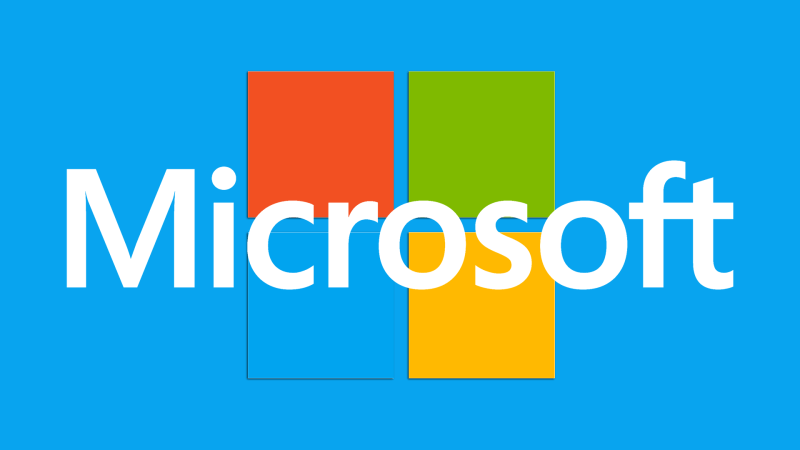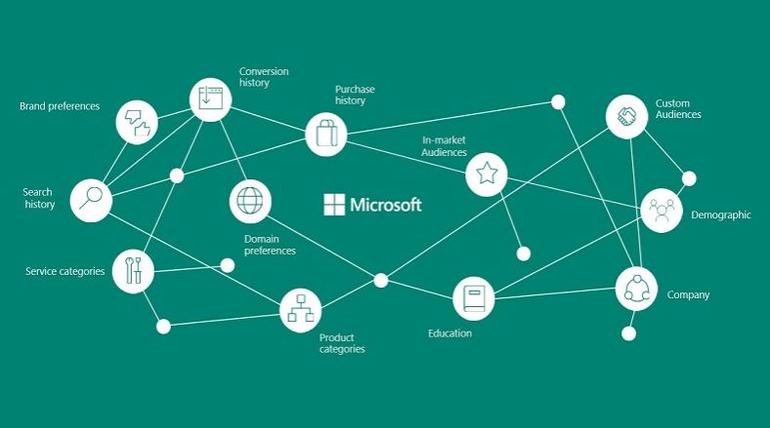This post is a continuation of a thread I started on LinkedIn regarding remarketing & Microsoft Audience Network – sort of a Part I.
Part II: Remarketing Roots & Why They’re Important
“Remarketing” was simple and direct back in the day. Search marketers have known for a long time how powerful personalization can be in digital marketing. Prior to “big data”, databases were filled with (permission based) customer-centric data points, which is 180 degrees away from what Microsoft Audience Network presents.
Customers willingly and knowingly shared personal information by entering it into a form, subscription to an email newsletter, or even via face-to-face means such as through a seminar or live sales call.
Manually Configured Autoresponders & Mail Servers, Oh My!
Once you had at least their First Name and Email Address in your database (good ol’ Excel was the best still), you could plug them into your “autoresponder”, a mail server you could set up to send emails to your list, over and over and over until they finally either unsubscribed, converted, and in some cases, filed a SPAM complaint. As you know, CAN-SPAM legislation would not have been introduced. if there wasn’t a problem
Most email / digital marketers also were familiar with the 7 – 11 times touch points metric, that being that it would take at least that many touch points on average to convert a passive list member into a sale. Those marketers who were able to connect with their audiences in a meaningful way by providing authentic value, flourished. Those who didn’t… who abused their lists and offered little personal value started to feel backlash.
As evidenced by the steep drop off in email subscription and open rates across industries, audiences became fatigued with the constant bombardment of offers, newsletters, sales announcements, etc. in their inboxes.
My theory on this is that many digital marketers let greed guide their advertising, effectively exhausting their lists and turning list members sour to the whole experience. Unfortunate for those businesses that built themselves almost solely on this model – they are facing tough times.
The concept of tracking a user all over the web, gathering more and more data about their behavior and preferences was still in it’s infancy. A much different animal than we have available at our fingertips today.
Microsoft Audience Network: Making it Possible Deliver Targeted Marketing Messages Like Never Before
Maybe it still is possible to effectively utilize “mail merge” tactics to send personalized email messages. However, a large subset of audiences are even desensitized to seeing their own name in marketing. For most of us, you can only get so many emails like this before you’re over it already.
This is why when I read the line:
The future of advertising is non-advertising
I would have to agree. Now, with Microsoft Audience Network, the technology has the potential to be subtle. So subtle in fact, you may not even recognize the difference between ads and “real” stories on your screen. This is the evolution of native advertising.
If this takes off, Microsoft’s stock could get more (a lot?) valuable over the coming years.

 And so the debate rages on, privacy or convenience (some might even call it congruence)?
And so the debate rages on, privacy or convenience (some might even call it congruence)?
Where’s the happy medium, I wonder. It must be there, and is worthwhile to seek. For the interim, I will be keeping my eyes and ears open. Soon, I will have the opportunity to delve into Microsoft Audience Network to see if it lives up to expectations.
